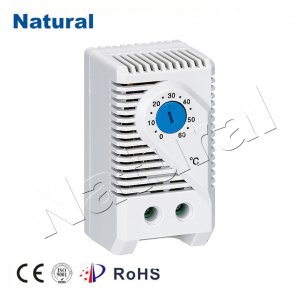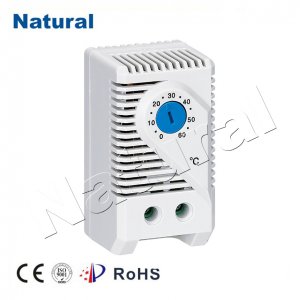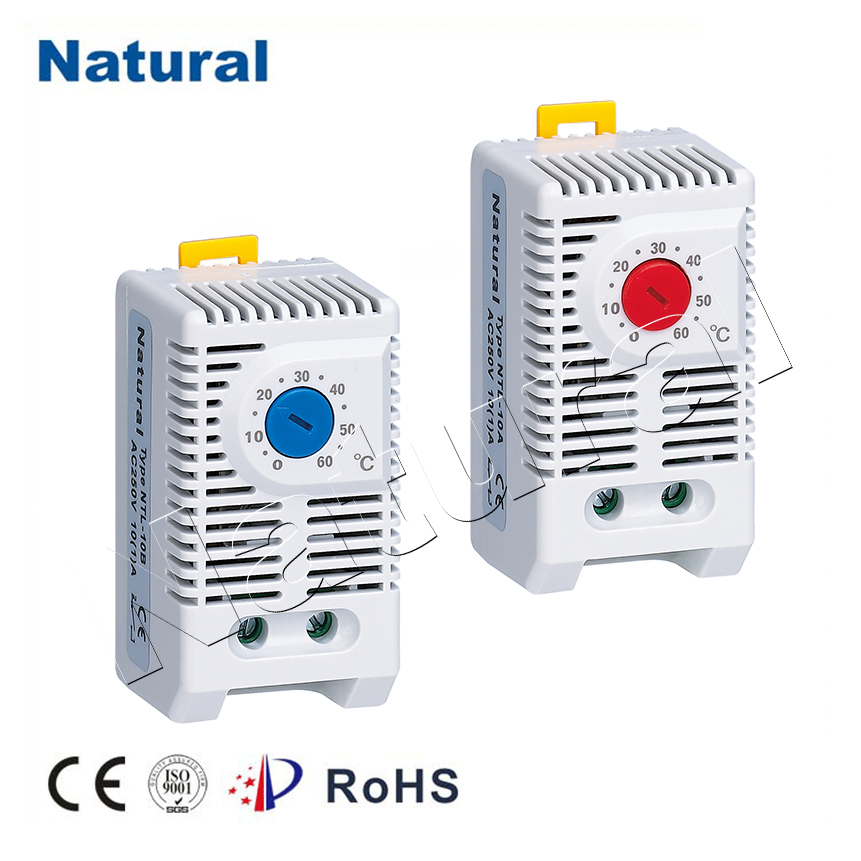Electric cabinet thermostats play a crucial role in ensuring the optimal performance and longevity of electrical and electronic equipment. These thermostats are designed to regulate the temperature inside an electric cabinet, maintaining a stable environment for sensitive components. In this article, we will explore the significance of electric cabinet thermostats, how they function, and why they are essential for industries relying on electrical equipment.

What is an Electric Cabinet Thermostat?

An electric cabinet thermostat is a temperature control device used to monitor and regulate the internal temperature of an electrical cabinet. It ensures that the temperature remains within safe operational limits, preventing overheating or excessive cooling, both of which can harm electrical components. These thermostats are typically integrated with cooling or heating systems, such as fans or heaters, to maintain the desired temperature range automatically. Electric cabinet thermostats are essential for preventing equipment failures that could arise from temperature extremes. For example, when the internal temperature of an electric cabinet rises too high, it can lead to overheating of sensitive components, resulting in equipment malfunctions, shorter lifespans, or even fires. Conversely, if the temperature drops too low, it may cause condensation, which can lead to corrosion and damage to the electrical circuits.
